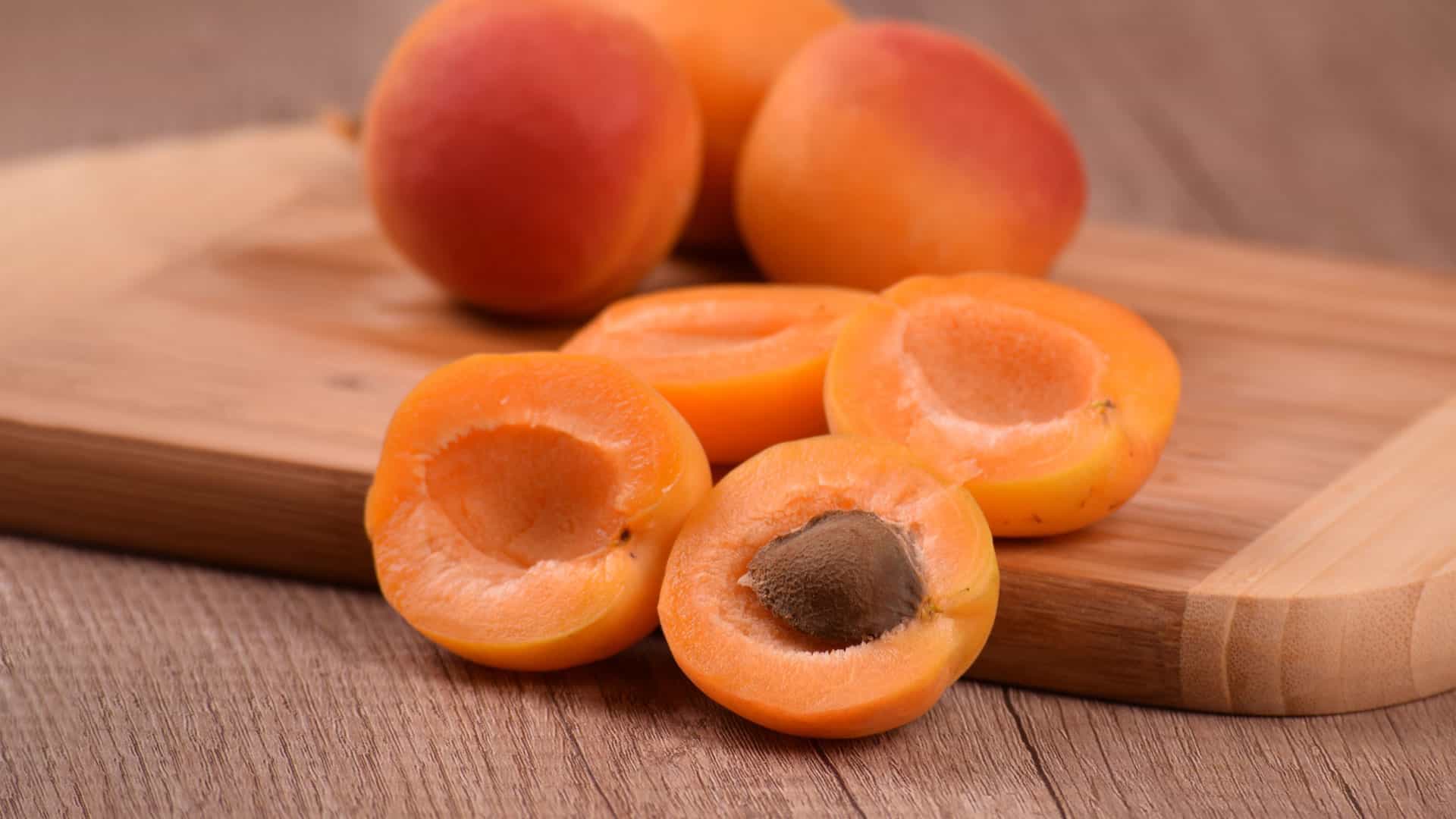The apricot – the queen of the Valais orchard
The apricot belongs to the rose family. It grows on a shrub or a tree. As a drupe, it reaches a diameter of 4 to 8 centimetres and is characterized by its fine velvety hairs and its light yellow to orange-red color. On the sunny side, it is often spotted with carmine red. While the origin of the apricot is disputed – some experts believe it comes from China, others defend the idea that it originated in India and still others claim that it was cultivated in ancient times in what is now Armenia – one thing is undisputed: along with the Matterhorn, Valais raclette and Valais wine, it is one of the leading symbols of the sunny canton of Valais.
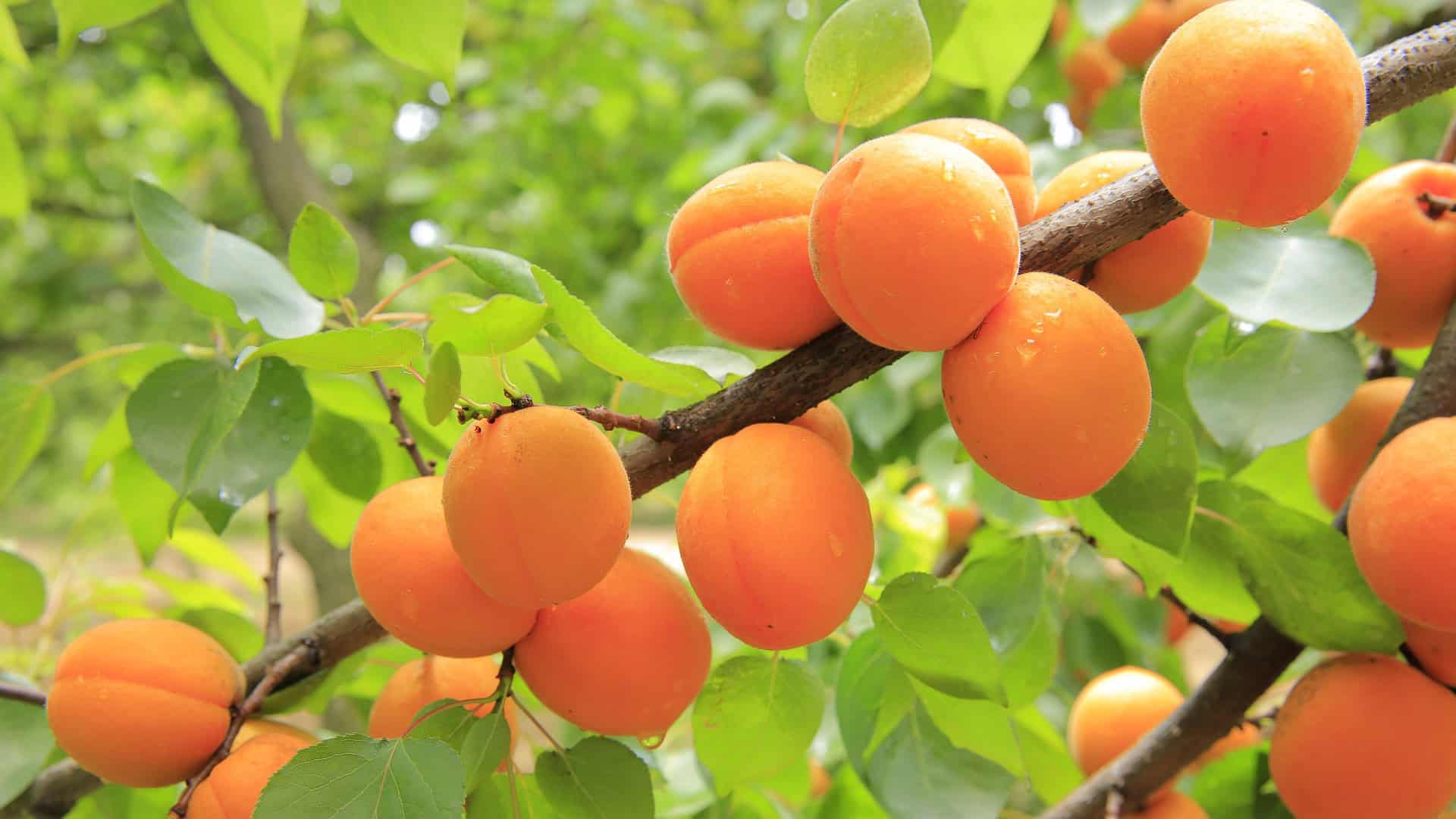
While the Luizet variety used to be grown almost exclusively in this country, there are now around 50 different varieties that can be enjoyed. This not only brings variety and diversity, it also extends the harvest period, as apricots can now be harvested from mid-June to September. Three varieties in particular stand out from the abundance of apricot varieties. The Orangered variety impresses with its particularly bright red color and juicy flesh, while the Goldrich variety is known for being large and easy to store. And the orange-red Flopria variety is characterized by its firm skin. With so many different varieties, it’s like the range of the three-time Swiss winemaker of 2018, 2011 and 2007: it’s best to come by and find your favorite variety during a tasting.
| Early: From mid-June |
High season: July/August |
Late: August/September |
| Bergeval | Aprisweet | Bergeron |
| Chrisgold | Bergarouge | Faralia |
| Colorado | Delicot | Harogem |
| Flopria | Kyoto | Swired |
| Goldrich | Lady Cot | Tardif de Tain |
| Lido | Luizet | Tardif de Valence |
| Orangered | Jumbo Cot |
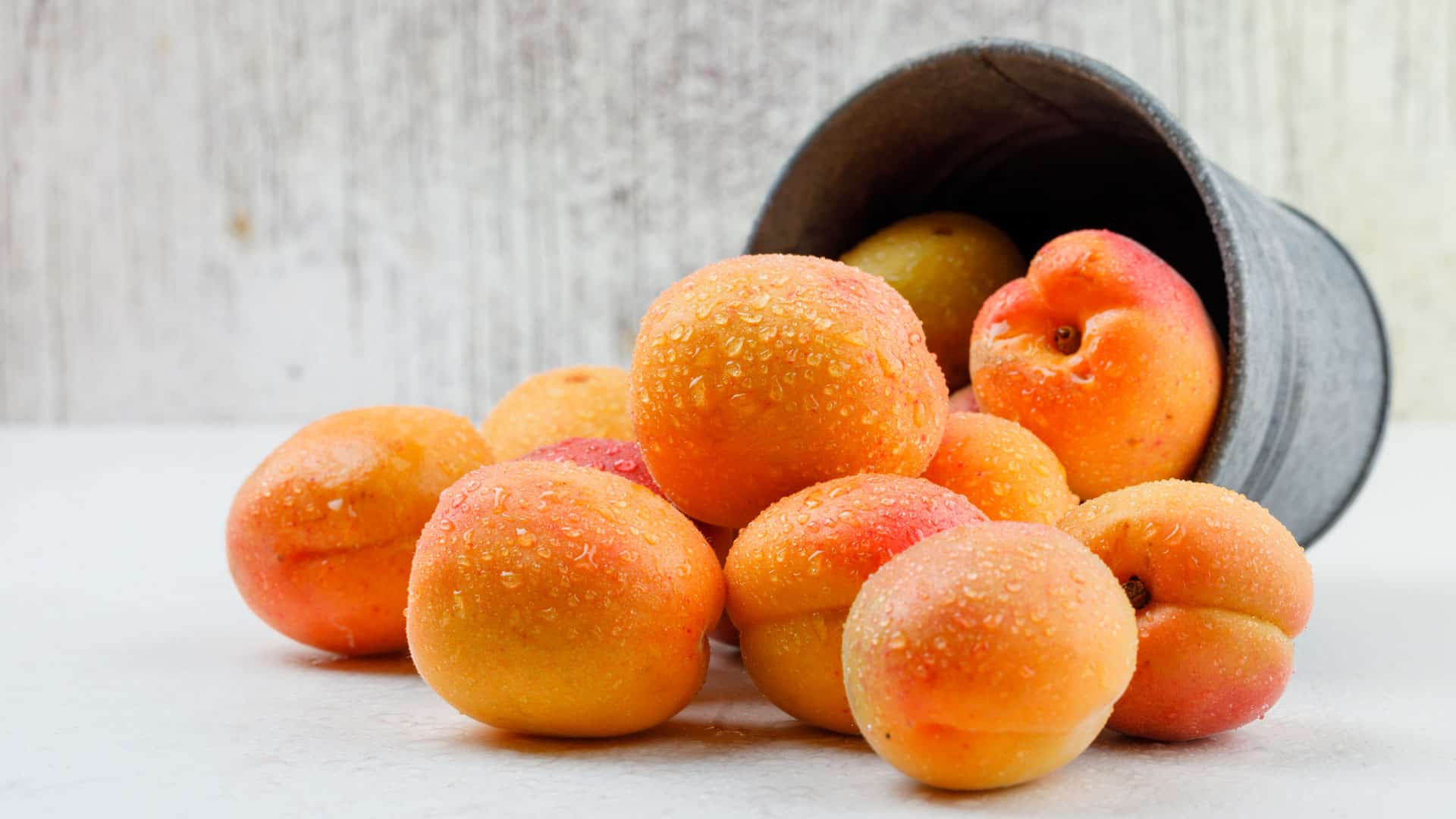
Valais apricots are grown on just over 700 hectares on the picturesque slopes of the left bank of the Rhone and in the Rhone Valley itself. The growing area stretches from the Cité de soleil (City of the Sun) in Sierre to Vernayaz in Lower Valais. Harvested by hand, in average years 8,000 tons, in particularly good years even up to 10,000 tons, pass through the hands of up to 1,000 temporarily employed seasonal workers. Incidentally, 97% of Swiss apricots grow in Valais, which corresponds to around half of total Swiss consumption. With just 47 calories per 100 grams, the apricot is a very digestible summer fruit. Rich in vitamins and with a high antioxidant content, it is used both as a food and in cosmetics to protect against skin infections. Thanks to its high mineral content of potassium, iron, copper and magnesium, it is an important component of the diet, and not just for athletes.
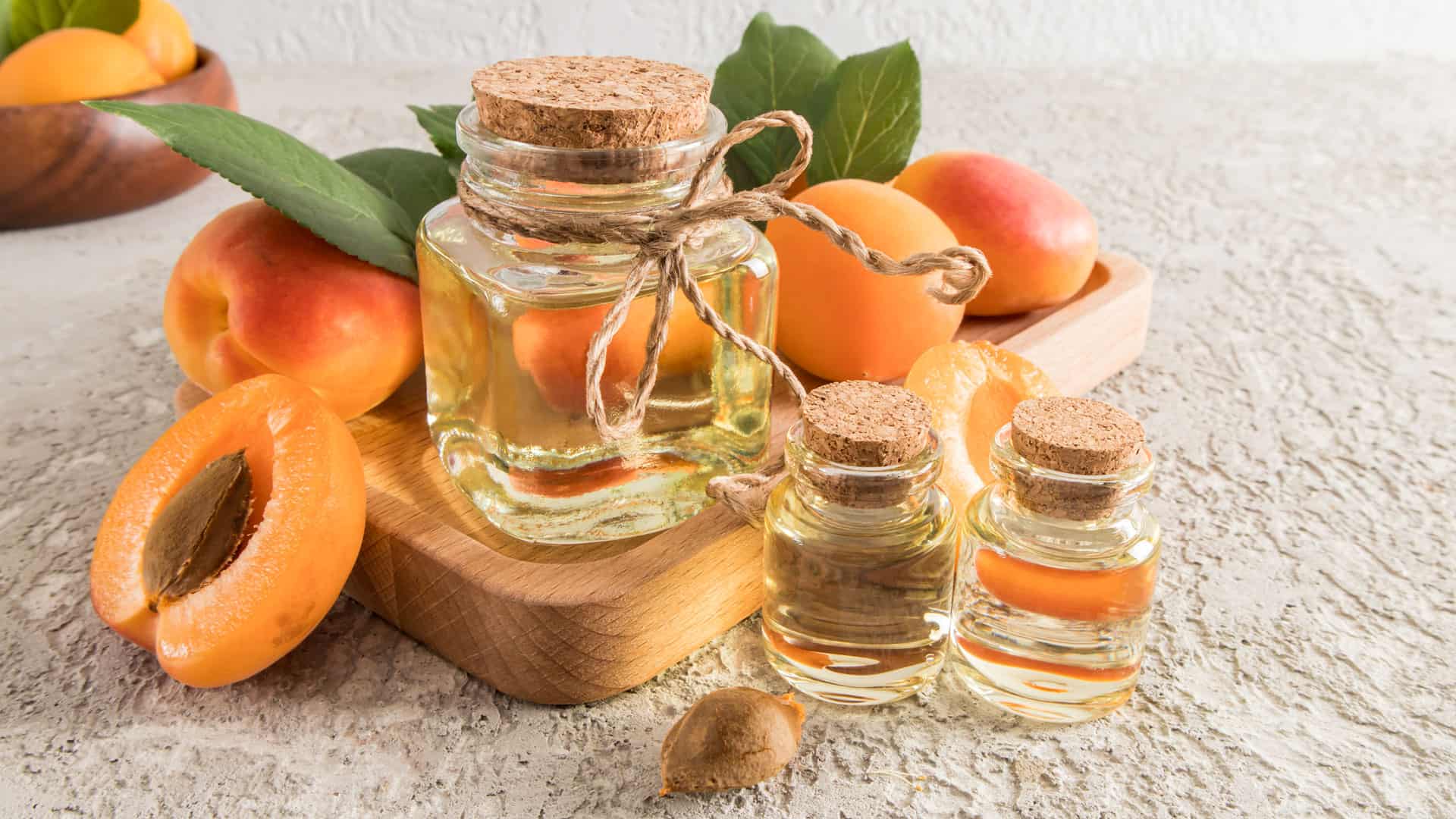
Apricots can be enjoyed in almost any form. Whether fresh straight from the tree, dried, as an ingredient in baked goods, as jam, carpaccio, tartare, juice or as a fruity and tangy addition to a tiramisu, panna cotta, risotto or chutney, for example – there are no limits to your culinary ideas.
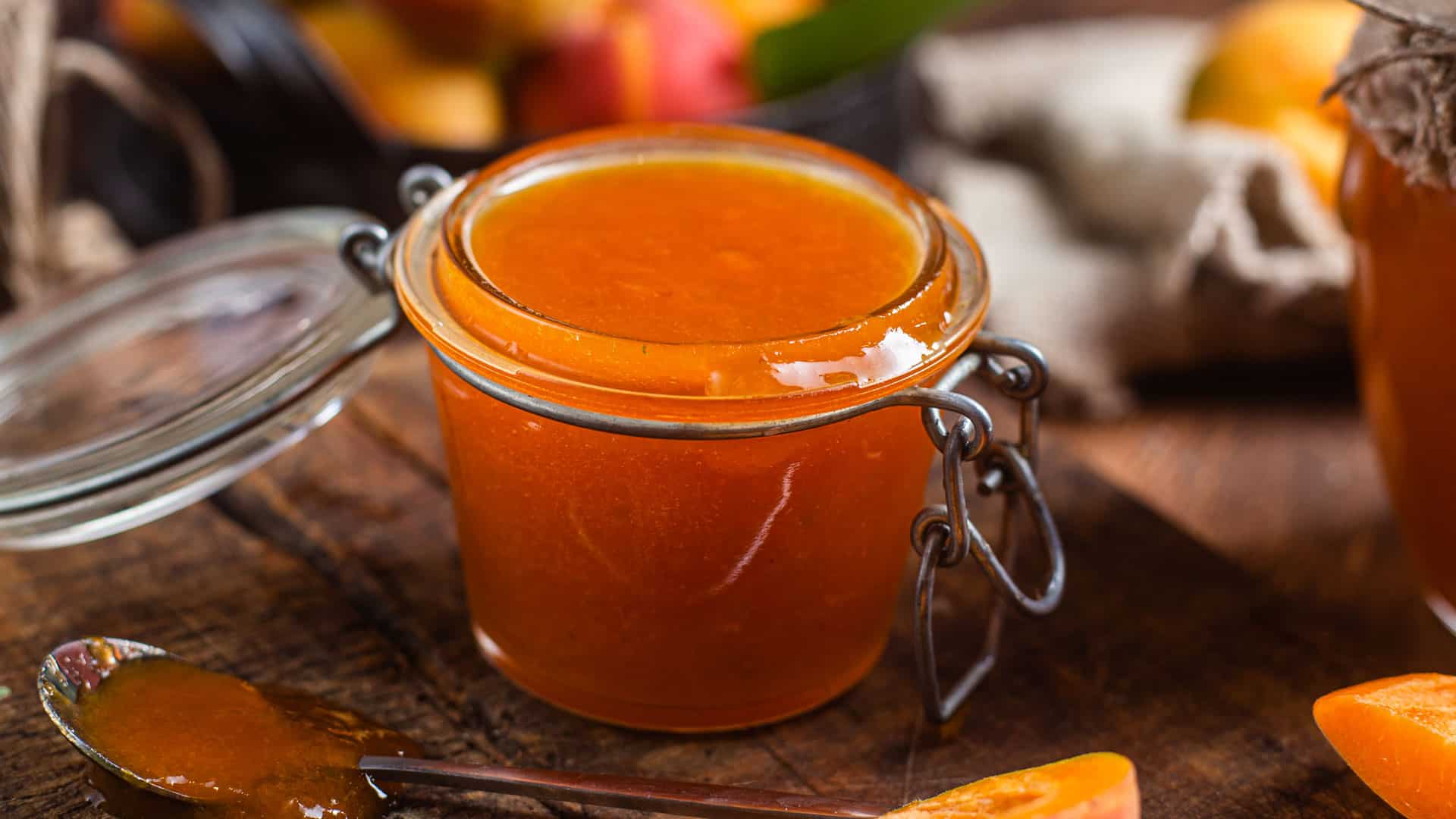
Apricots also play an important role in the company of Diego Mathier, the best three-time Swiss winemaker of 2018, 2011 and 2007. In addition to the Vieille Prune Barrique, made from fully ripe Valais plums, and the Vieille Williams Barrique, made from fully ripe local WIlliams pears, the successful Salgesch winemaker also has a Vieil Abricot Barrique, made from the Valais apricot variety Luizet, in his range. In 2013, Diego Mathier was named Swiss Schnapps Champion for both the Vieille Williams Barrique and the Vieil Abricot Barrique. And of course, apricots are also a local specialty on the menu at the Barrique “Wine & Raclette” restaurant: the best way to round off a fine meal in the charming restaurant in the heart of the picturesque wine village of Salgesch is with an apricot sorbet, arrosed with a Vieil Abricot Barrique, of course. Life can be so simple and so beautiful!
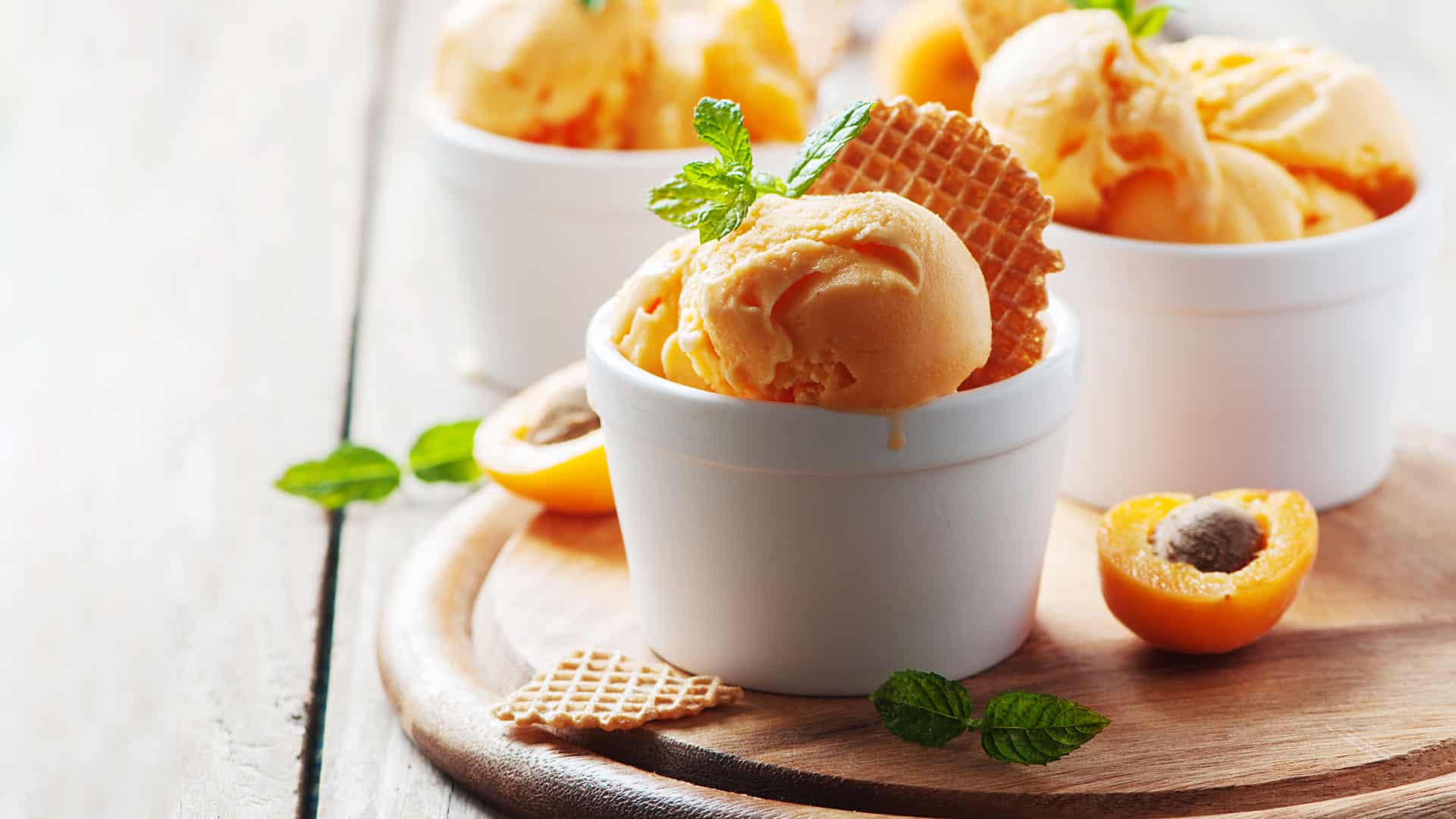
FAQ:
How many varieties of apricots are grown in Valais?
In addition to the main variety Luizet, a total of 50 different varieties of apricots are grown in Valais.
How many tons of apricots are harvested in Valais each year?
In an average year, around 8,000 tons of apricots are harvested. In particularly good years, it can be up to 10,000 tons.
What are the three most popular apricot varieties?
The Orangered variety delights with its particularly bright red color and juicy flesh, while the Goldrich variety is known for being large and easy to store. And the orange-red Flopria variety is characterized by its firm skin.

